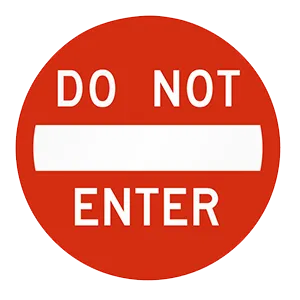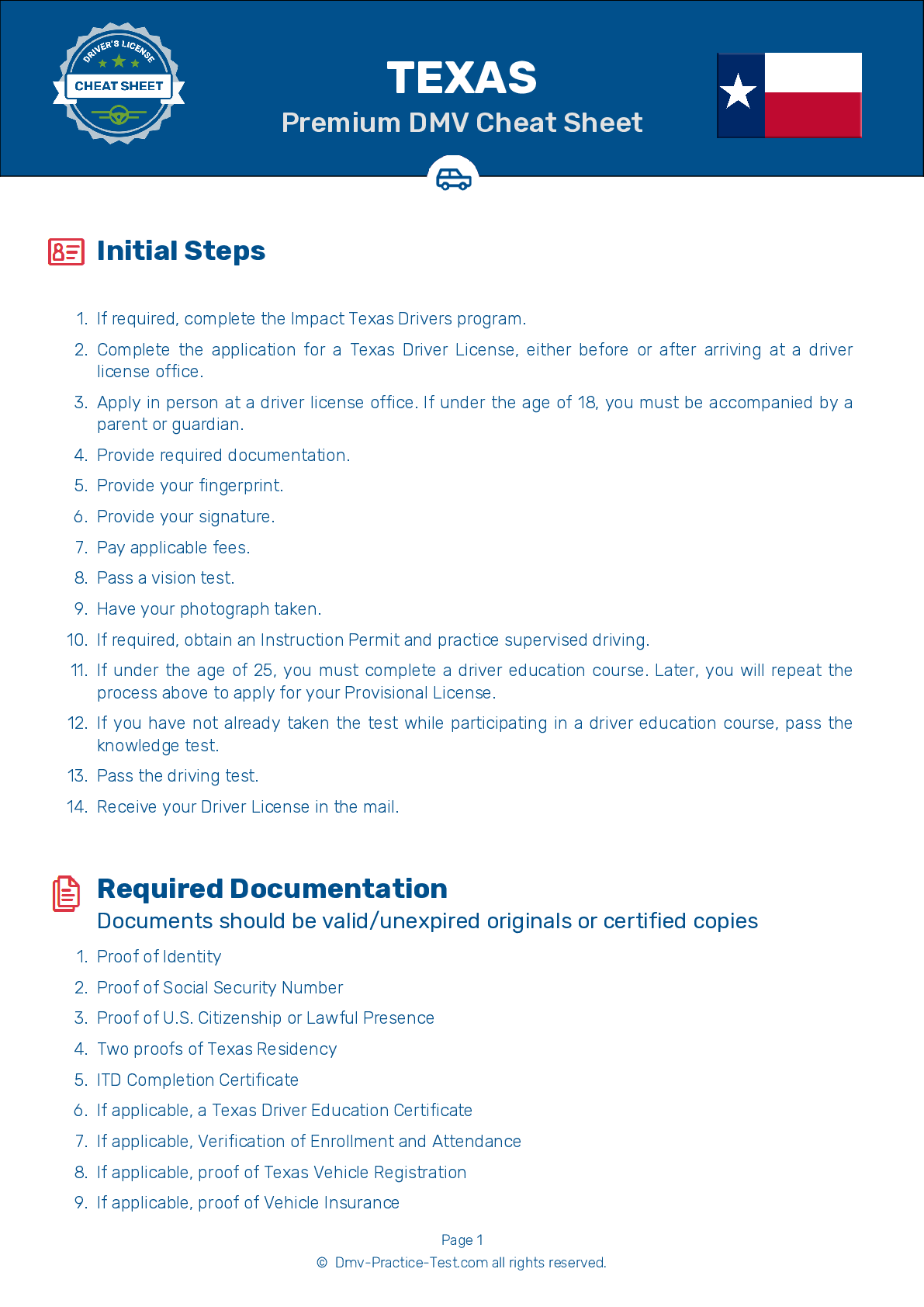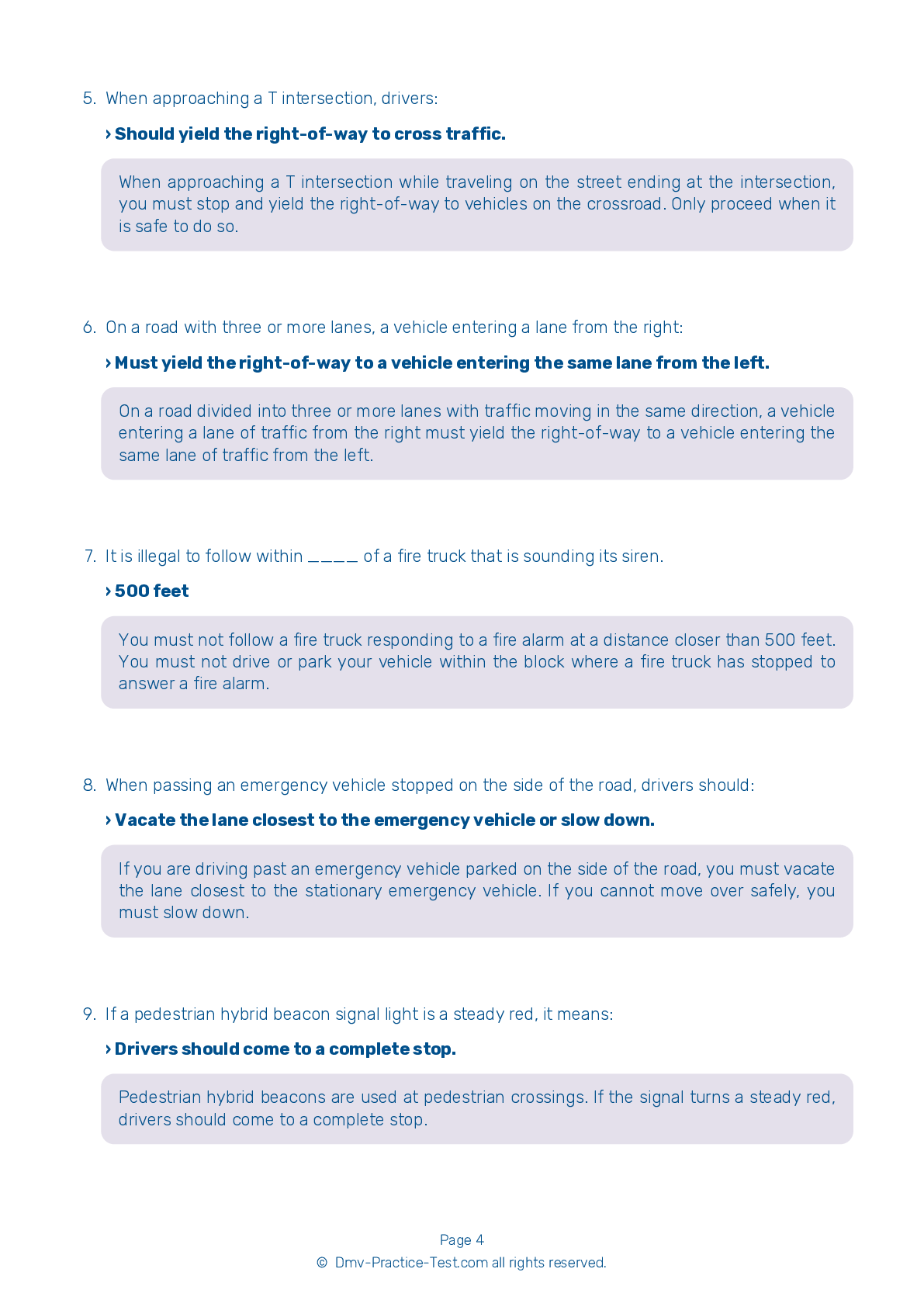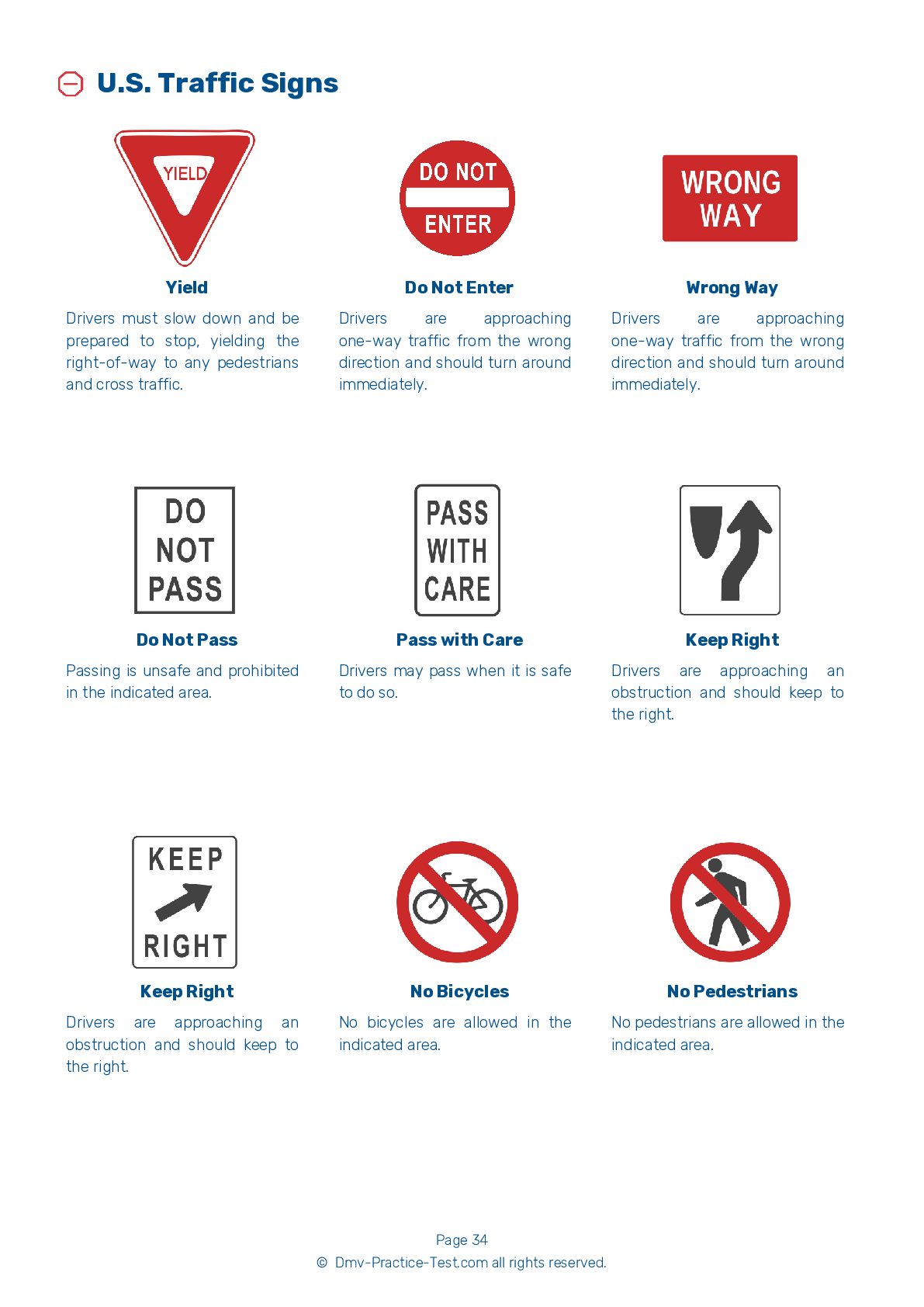FREE Texas DMV Practice Test #13
For January 2025, the Texas DMV practise exams have been revised. It comprises questions based on the most important traffic signals and laws for 2025 from the Texas Driver Handbook. To study for the DMV driving permit test and driver's licence exam, use actual questions that are very similar (often identical!) to the DMV driving permit test and driver's licence exam.
Each question on the practise exam has a tip and explanation to help you recall the ideas. Questions about traffic rules, traffic signs, and driving statutes, as well as knowledge from the Driver Handbook, will be included in the written portion of the official Texas DMV test.
You must properly answer 21 of the 30 questions to receive a passing mark. Use the Texas Department of Motor Vehicles' practise exam to help you prepare for your instruction permit or driver's licence.
The DMV exam is offered in a variety of languages.
Using any form of testing help will result in an automatic fail, and the DMV may take further action against your driver's licence, so avoid it.
1 . This road sign means:

If you drive past these signs, you are going the wrong way and are at risk of a head-on collision. You should cautiously turn around.
3 . You may drive in the HOV lane if:
Some highways reserve the left lane for vehicles with two or more occupants. These High Occupancy Vehicle (HOV) lanes are identified by signs and diamond pavement symbols.
4 . How often are motor vehicles required to be inspected?
All motor vehicles registered in Texas must be inspected each year at an official motor vehicle inspection station. This includes motorcycles, mopeds, scooters, and autocycles. Evidence of financial responsibility for the vehicle being inspected must be presented at the time of the inspection.
5 . When stopped behind a motorcycle, drivers should allow the rider a distance of at least:
Stop a safe distance behind motorcyclists at intersections, signals, or crossings. A full vehicle length is recommended to help prevent impact with the motorcycle should your vehicle be hit from the rear. In dry conditions, motorcycles can stop more quickly than cars, so being aware and alert at all times can help prevent a collision.
6 . Good vision, courtesy, and fitness to drive are:
Good vision, courtesy, and fitness to drive are considered keys to driving safely. Properly caring for your vehicle, properly signaling while driving, and otherwise obeying traffic laws are also keys to safe driving.
See the exact questions that will be on the 2025 Texas DMV exam.
99.2% of people who use the cheat sheet pass the FIRST TIME
LT gives us an insight on how the cheat sheet provided her with all the study questions she needed before taking her test.
Joe initially studied with the handbook and failed his test, he eventually found us online, studied and pass his test the first time around.




